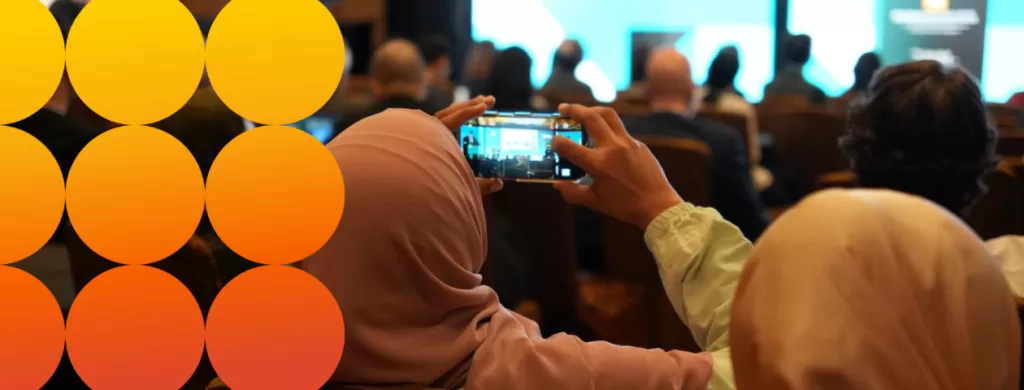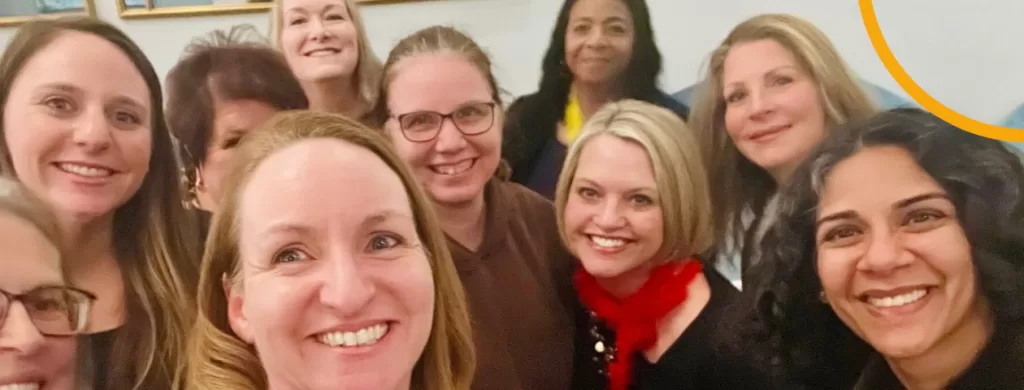
Universities in the US are starting to tread carefully into the metaverse, and while some are excited at the potential benefits in student engagement, some warn about not getting too carried away the new tech.
Guest article by By Eugenia Lim, contributing writer.
In recent months, it has become clear that the metaverse is still far from being realised than initially touted. Among the many promises of how it would revolutionise online interactions, the interoperability of identity, data and digital assets have been more commonly lauded. However it remains to be seen what exactly this will look like and how it will be experienced en masse.
In the higher education space, universities are just beginning to gain ground in the metaverse. More classes are being taught with virtual reality, and various institutions are establishing their digital twin campuses. However, many of these efforts are still in the pilot testing phase.
Early studies indicate learning in the metaverse can increase student engagement, collaboration and retention, leading proponents to believe that a virtual reality (VR) headset could very well be on the back-to-school shopping list for university students.
Metaversity poster child
In the United States, Atlanta’s Morehouse College has been the poster child for learning in the metaverse. In 2021 it piloted a Metaversity, a fully spatial 3D digital twin campus of the physical building and its grounds.
In the midst of the COVID-19 pandemic, Muhsinah Morris, Assistant Professor of Education and Morehouse’s “Metaversity” Director, sought more engaging teaching solutions to lower student dropout rates from her classes being taught remotely. Her initial experiment to teach an inorganic chemistry class in virtual reality eventually led Morehouse College to increase its offerings to over a dozen classes taught in the metaverse.
Most notably as a historically black liberal arts college, it now offers the first ever VR black history class, where students can explore an “underground railroad” museum and experience what it might have been like on a slave ship in the 1830s.
Morehouse College’s latest survey shows that 90 percent of students that have taken Metaversity courses say it was more effective than anything they had participated in. To top it all off, students achieved an increase of over 11.9 percent in their grades and a 10 percent increase in attendance rates; better than they did with just remote learning.
“What this says to me is that our students attend class at a much higher rate because they’re more engaged and excited to come to class,” Professor Morris said in an interview with local media outlet the Saporta Report. “They are fully immersed in this digitally stimulating world. They are going back in time, going through the human body or going forward into a futuristic world that they could not go to until now.”
Seeing double
Digital twin campuses feature front and center in most universities’ efforts to establish their presence in the metaverse. Leading the charge is Iowa-based VR company VictoryXR, which is also behind Morehouse College’s digital twin campus.
The company says digital twin metaversities allow users to experience their campus grounds in virtual reality, within the metaverse. These 3D, hyper-realistic spaces are designed to feel as immersive and realistic as a physical university.
VictoryXR also has a hand in assisting Meta to build 10 digital campuses affiliated with real universities. This is part of the social media giant’s US$150 million investment into its Meta Immersive Learning project, which seeks to take education to virtual reality environments.
To date, VictoryXR has signed up 55 colleges and universities, mostly in the United States, according to the company’s CEO Steve Grubbs in an interview with Forbes. Each college starts with a pilot to test the proof of concept with 50-100 students. Grubbs estimates there are more than 2,500 students currently experiencing Metaversity at a higher education level.
Tread carefully
University of Maryland Global Campus (UMGC) is one of the institutions in the midst of running a pilot test with VictoryRX. While the college also has a digital twin campus set up, its Pilot Program Manager, Daniel Mintz, is quick to warn against getting carried away with the new tech.
“I think the metaversity is a distraction, I don’t need to have a student that can ‘walk’ from here and ‘walk’ across the street and go to Yale,” he says, referring to how metaversities could be connected in virtual reality.
“Our university is going to invest in this if we think student retention will go up, not because it sounds like a nice thing to be true.”
Mintz says UMGC’s focus will remain on how learning in the metaverse impacts the success rate and the retention rate for individual students. Its pilot programme findings have been largely positive, recording higher re-enrolment rates, increased engagement with faculty, as well as academic success. However, Mintz explains that the university is still testing its operational ability.
“The downside is, we haven’t figured out at scale, what we’re going to do, and how we’re going to deal with the financing of it.”
In the first year of the UMGC immersive programme pilot, the college prepared about a dozen different courses ranging from Forensic Biology to the Foundations of Oral Communication. However, the rollout is limited to just 12 students a class, which is a little under half a traditionally taught class size. Part of the university’s limitations is cost: UMGC pays for all the VR headsets, which students loan for the duration of the class. It also has to budget for the licensing of the software.
When asked if the metaverse could replace current learning arrangements, Mintz says it is “slow going”, especially since the penetration of VR headset use remains relatively low.
Universities will also have to decide to buy or build its VR capabilities as it expands its course offerings. While UMGC is making plans to manage and update new course content, it is still early days. It offers a certificate programme for students to learn how to create virtual and augmented reality content with the intention of creating a means for more VR content for future classes.
Mintz concludes: “Over time, we hope to use that class to develop content for our immersive classes. But that’s not today. That’s tomorrow.”



